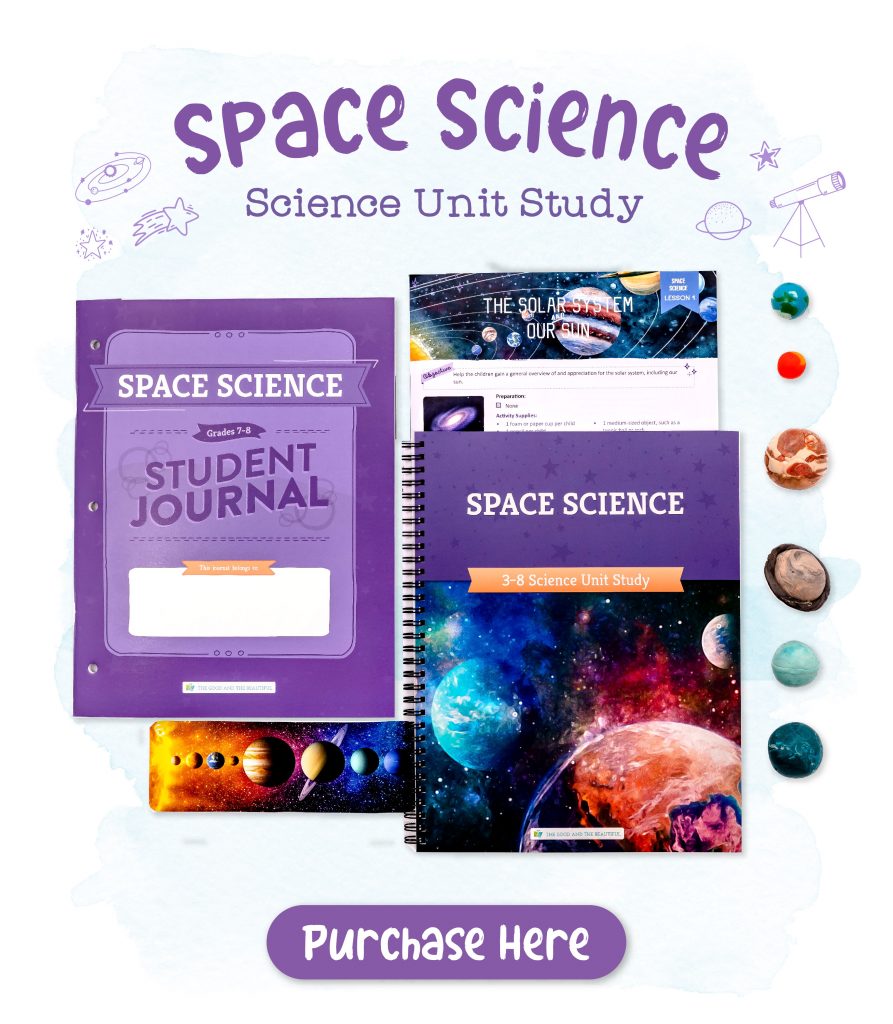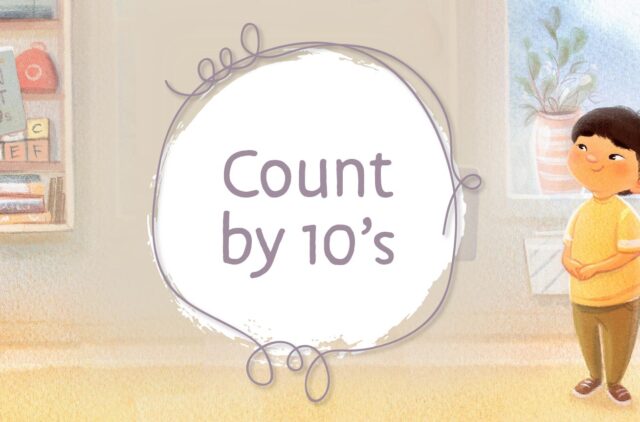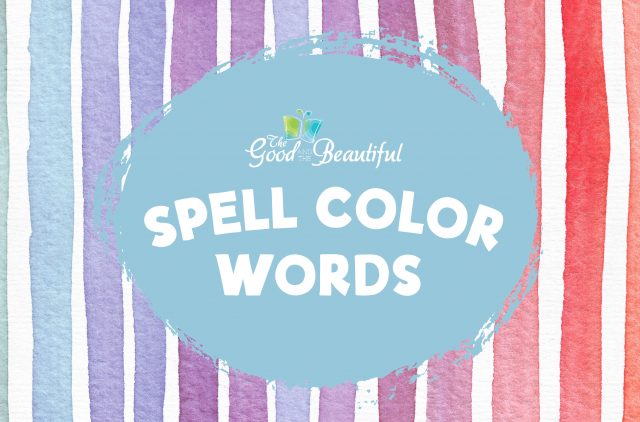Witnessing a total solar eclipse is a once-in-a-lifetime experience for most. Learn all about total solar eclipses and how to safely view one. Then download directions for a fun solar eclipse art project.
What is a partial solar eclipse?
A partial solar eclipse usually occurs twice a year but can sometimes be seen up to five times in a year. A partial eclipse happens whenever the moon’s orbit and the sun’s orbit cross. Typically, the moon covers only part of the sun.


What is a total solar eclipse?
A total solar eclipse occurs when the new moon blocks the sun completely and occurs less frequently than a partial eclipse, once every 18 months. However, because of its narrow path across the earth, it is unlikely to witness more than once in a lifetime in any one particular area.
For those in the direct path of the solar eclipse, the sky grows dark as though it is dusk. When the sun’s light is completely blocked, observers can look directly at the sun for a brief moment to see the sun’s corona—the outer atmosphere of the sun.
Download a free solar eclipse chalk art project!
Homeschool Space Science Courses
Learn more about the sun, moon, stars, and more with Science for Little Hearts and Hands: Sparks and Stars for preschool through 2nd grade and The Good and the Beautiful Space Science unit for grades 3–8. These resources are perfect for enriching your homeschool curriculum, offering an engaging way to learn about astronomy.
When is the next total solar eclipse?
On April 8, 2024, North America experienced a total solar eclipse. Its 115-mile-wide path will stretch northeast from Mexico, through fifteen US states and six Canadian provinces. The sun was eclipsed for up to 4 minutes and 27 seconds, depending on the observer’s location. Although the total-blackout path across the continent was relatively narrow, all of Mexico and all of Central America as well as most of the US and Canada witnessed a partial eclipse. Most of Alaska was the only area out of range. Click here to see a time-lapse video and complete map of the total-blackout path.

The last time North America experienced a total solar eclipse was August 21, 2017. Nicknamed “The Great American Eclipse,” its 70-mile-wide path crossed the US coast to coast, beginning in Oregon and ending in South Carolina. Observers had up to 2 minutes and 40 seconds to stand in the moon’s shadow.

How to Safely Witness a Total Eclipse
It is important to follow the safety guideline developed by the ISO (International Organization for Standardization) to protect your eyes as you observe an eclipse.
- Avoid looking directly at the sun without protective filters. It can damage your eyesight.
- Use ISO 12312-2 international safety standard certified viewing glasses or filters to look directly at the sun during the eclipse.
- If you do not have ISO-recommended glasses or filters, you can safely view the eclipse using “pinhole projection.” Standing with the sun at your back, cross your hands so the spaces between your fingers form a checkerboard shadow on the ground. Look at the shadow of your hands as the eclipse takes place. The spaces between your fingers will become shadowed. Remember, you are looking at the ground for this. Never look directly at the sun through a pinhole.
- Never view an eclipse through binoculars, a telescope, or a camera lens without a specialized solar filter. It will cause severe damage to your eyes.
Sunglasses are not safe for viewing an eclipse. Be sure you are using glasses that are ISO recommended.

Download a free solar eclipse chalk art project!
You may also like . . .

















Comments
I appreciated this post when the solar eclipse for the craft idea since my kids are still little, our local library ended up doing this so we were glad we saw this and actually ended up doing the craft
My 7 year old lovessss all things “outer space” so this eclipse was huge for him! It was so joyful watching him so excited! The craft idea delivers on all sides!! ❤️
My children would love this!
Thank you so much for sharing this and providing these materials! I am so happy my 2 daughters got to experience and learn about the eclipse this year! It was such an exciting time! I love when we can make simple things like this, FUN!
Thank you for the craft idea.